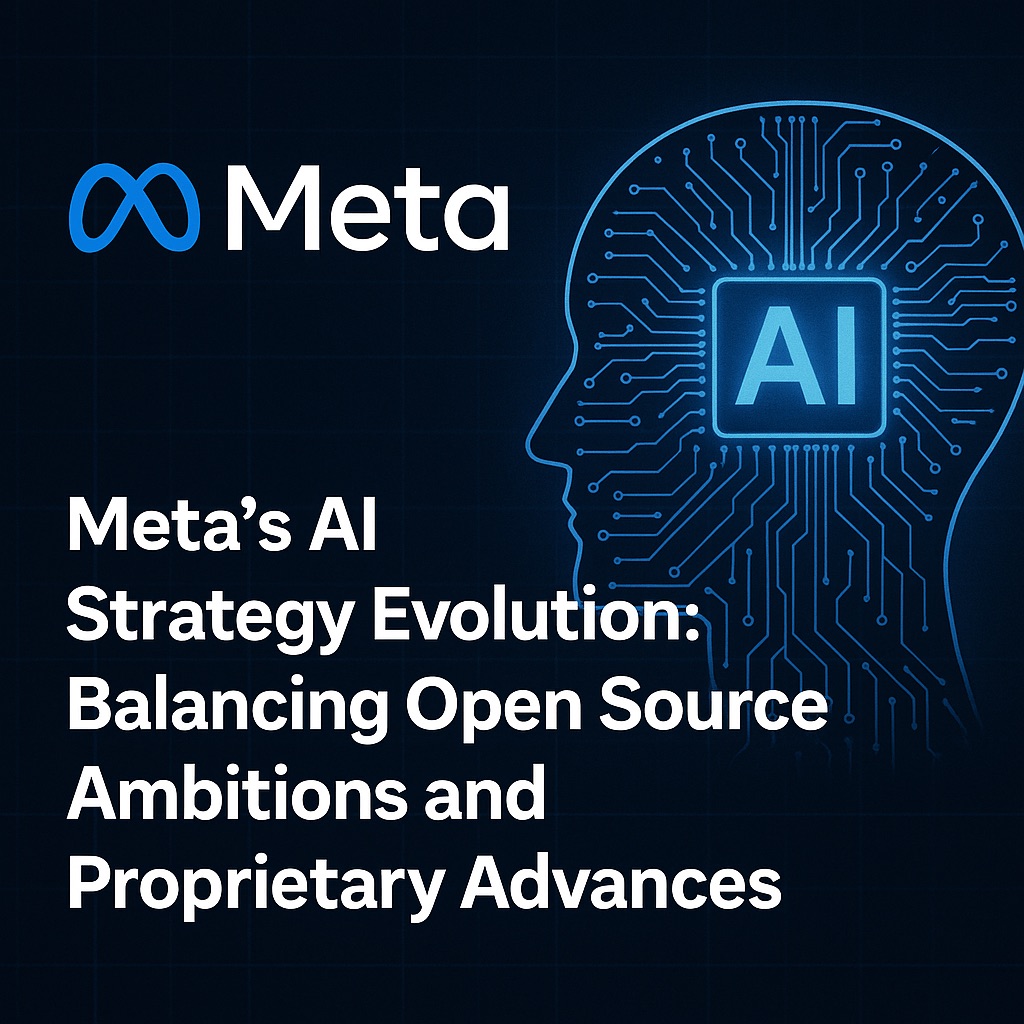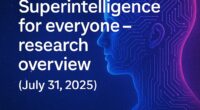Meta, historically a champion of open-source AI development, has undergone a significant strategic shift amid its aggressive push toward “superintelligence.” In July 2025, Meta boldly reaffirmed its commitment to leading the next era of AI, showcasing groundbreaking innovations, expansive investments, and bold partnerships that signal its intent to dominate the AI landscape1.
From Open Source Evangelism to Controlled Innovation
In its earlier phase, Meta made waves for releasing foundational models like LLaMA to the open-source community. These efforts were seen as a bold stand for transparency, safety, and collaborative progress in the AI field. However, the July 2025 announcements revealed a decisive change in tone. CEO Mark Zuckerberg introduced the idea of “personal superintelligence”—AI tools embedded into personal devices such as AR glasses and VR systems—noting that some capabilities may no longer be shared openly due to safety risks and competitive pressures23.
The Rise of Meta Superintelligence Labs
Central to this transition is the creation of Meta Superintelligence Labs (MSL), which was spearheaded by the acquisition of Scale AI and its CEO Alexandr Wang. MSL’s mission: lead the charge in building transformative AI systems for personal use, with a clear emphasis on privacy, usability, and user control. Meta has reportedly invested over $14 billion in this endeavor, ramping up hiring and shifting resources away from open testing environments to proprietary development pipelines2.

Balancing Safety and Secrecy
Zuckerberg’s justification hinges on risk: as AI models scale toward superintelligent levels, potential misuse becomes more plausible. Open-source release of highly capable models could empower bad actors, destabilize ecosystems, or accelerate misaligned deployment. Hence, while Meta continues to release open-source models for certain use cases, it is clearly reserving its most powerful models for internal or highly vetted use3.
Ecosystem Impact and Industry Tension
This hybrid strategy has drawn mixed reactions. Advocates for open-source AI argue that transparency enables better safety through collective oversight and competition. Critics see Meta’s move as another sign of AI centralization, akin to the strategies of competitors like OpenAI and Anthropic. Regulatory bodies, especially in the EU and US, are now paying closer attention to closed AI development practices and their implications for competition, privacy, and digital rights1.
Strategic Implications Going Forward
Meta’s pivot mirrors a broader trend across the AI landscape: open collaboration early in the innovation cycle, followed by increasing secrecy as breakthroughs near deployment. Zuckerberg’s messaging still reflects open-source ideals, but practical considerations—commercial advantage, safety, and platform control—are taking precedence.
In embracing a hybrid model, Meta appears to be betting that it can preserve some collaborative goodwill while securing leadership in AI’s next evolutionary leap. This approach may define the industry’s trajectory: cautiously open, selectively closed, and relentlessly advancing.









